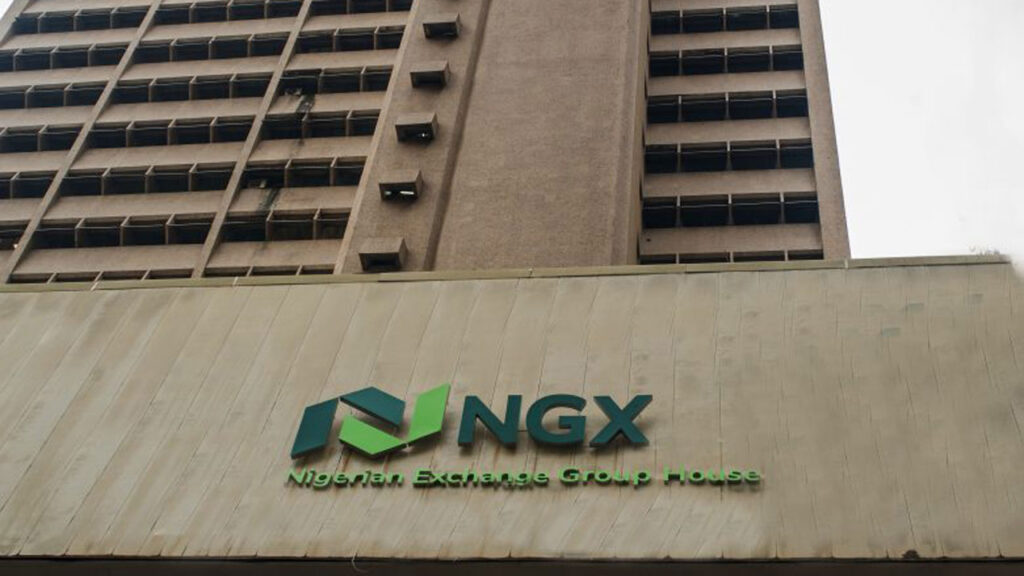
A shock fall in Chinese exports hammered the Australian and New Zealand dollars on Monday, and hit European mining companies exposed to the world’s second-largest economy.
Chinese shares hit seven-year highs even after data showed exports fell 15 percent year on year in March while imports contracted at their fastest rate since May 2009. Economists had forecast a 12 percent increase in exports.
Wall Street looked set to open lower, according to stock index futures SPc1. Asian shares, by contrast, rose on expectations of fresh stimulus for the Chinese economy.
The U.S. dollar gained across the board on expectations of higher interest rates, pushing the euro down to a four-week low and weighing on gold.
“The export-based economy is in a process of structural changes and most of the efforts are focused on consumption, and given that the numbers released today are appalling, you want to ask if the global growth slowdown is casting its shadow,” said Naeem Aslam, chief market analyst at Ava Trade in Dublin.
The Australian dollar fell nearly 1.5 percent after the data from China, the main market for its exports of natural resources.
The Aussie AUD= was last down 1.3 percent at $0.7567, its weakest since April 2. The China-exposed New Zealand dollar NZD= fell 1.4 percent to $0.7574.
The Chinese data also weighed on sentiment in Europe. Britain’s FTSE 100 index .FTSE slipped from record highs as heavyweight miners, including BHP Billiton BTL.L, Anglo American (AAL.L) and Rio Tinto (RIO.L), fell.
The pan-European FTSEurofirst 300 share index .FTEU3>, which touched its highest level since 2000 on Friday, was up less than 0.1 percent by midday.
In Asia, MSCI’s main index of Asia-Pacific shares outside Japan .MIAPJ0000PUS rose 0.6 percent, heading back towards its highest since September, reached last week.
China’s CSI300 index .CSI300 closed 1.8 percent higher while the Shanghai Composite .SSEC rose 2.2 percent.
“We continue to expect more monetary easing for a variety of reasons, and the trade data offers further support for this,” Oliver Barron, analyst at China-focused investment bank NSBO said in a note to clients.
Tokyo’s Nikkei 225 index .N225 ended flat in choppy trade as investors took profit on gains in major stocks such as Toyota Motor Corp (7203.T) after the index hit 20,000 last week.
The euro EUR= was down 0.7 percent at $1.0530, a four-week low. Data on Friday from the Commodity Futures Trading Commission showed speculative investors’ short euro positions, or bets the single currency will weaken, were only slightly below the previous week’s record high [IMM/FX].
The European Central Bank is one month into a 19-month asset-purchase program, helping weaken the euro, while the Federal Reserve is expected to raise rates this year.
The dollar index .DXY, which measures the greenback against a basket of currencies, rose 0.6 percent. The dollar was up 0.4 percent against the yen at 120.63 yen JPY=.
“It’s more a question of dollar strength today than anything else,” said Keng Goh, a currency strategist at RBC Capital Markets in London.
San Francisco Fed President John Williams told Reuters that as the U.S. job market improves, the risk of an unexpected setback derailing the recovery once the Fed raises rates is receding.
Sterling GBP= hit a fresh five-year low, under pressure from Friday’s weaker-than-expected UK industrial output data and concerns about political uncertainty after next month’s British general election.










